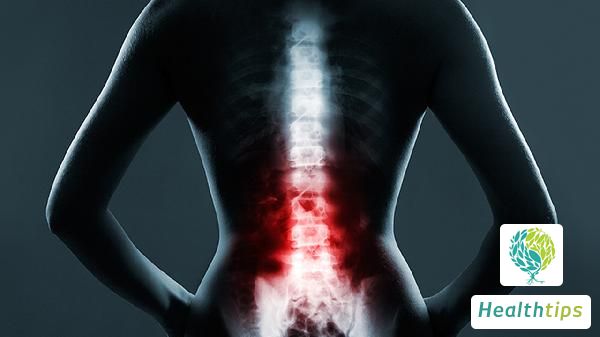What is Achilles Tendon Rupture?
Achilles tendon rupture is a traumatic injury that frequently occurs in athletes engaged in sports such as tennis, basketball, soccer, and racket sports. What does an Achilles tendon rupture feel like? What are its adverse effects?

The sensation of an Achilles tendon rupture is the sudden snap or popping sound at the moment of rupture, or a subjective sensation akin to being hit on the calf muscle with a hard object. It is accompanied by limited mobility, potential falls, and walking with a slope. A noticeable dent can be felt when touching the affected area. Subsequently, swelling will gradually appear in the injured area. Therefore, it is forbidden to bear weight or walk on the injured leg again, and surgical treatment should be provided as soon as possible to repair the ruptured tendon.
The adverse effects of an Achilles tendon rupture are unpredictable. Emergency treatment must be carried out as soon as possible; otherwise, severe cases may lead to lifelong disabilities. Therefore, individuals who engage in regular physical exercise should learn about emergency measures for Achilles tendon ruptures. Fitness enthusiasts should be aware that an Achilles tendon rupture can easily affect future physical activities and work. To prevent severe adverse effects, emergency treatment should be provided promptly and the injured person should be sent to a reputable and professional hospital for regular check-ups and treatment. Close cooperation with the doctor's treatment plan is essential, with long-term persistence, whether through medication or surgery, as recovery takes time. There is no need to rush.
How should an Achilles tendon rupture be treated? Tendons and ligaments, also known as "jin" ruptures, can be effectively treated with traditional Chinese medicine external applications, which can quickly reconnect and repair the injury. Although surgical sutures are used, the internal repair is not yet complete because ligaments are difficult to repair. Poor repair can significantly affect future mobility. Therefore, it is recommended to seek treatment at a formal hospital as soon as possible. Both conservative and surgical treatments have advocates, but neither can guarantee the absence of complications such as re-rupture, weak plantar flexion, knee stiffness, poor wound healing that may take several months to resolve, and deep venous thrombosis.



















